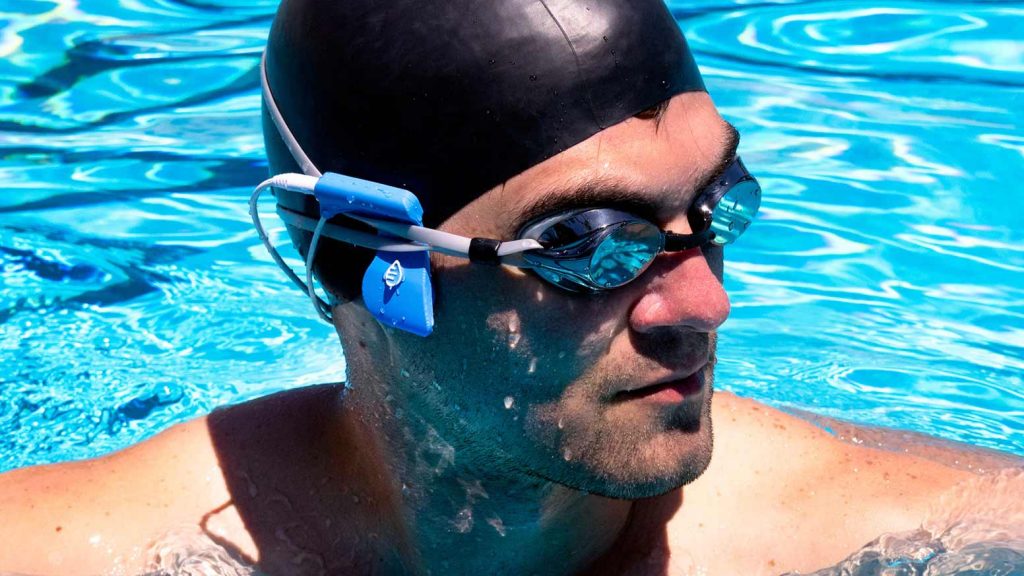Looking to listen to music while taking a relaxing swim? Learn about what to look for in a waterproof headphone so you can swim comfortably with sound.
Whether you’re a casual swimmer or like to hit the water routinely, it makes sense that you’d want to listen to music while you’re underwater. After all, if runners can plug in to their favorite tunes while they hit pavement and bodybuilders can enjoy their music while working out, why can’t swimmers?
Not too long ago, swimming with headphones was pretty uncommon especially since water and electrical gadgets have never been best of friends. But not anymore. Waterproof headphones are infiltrating the market and swimmers can now listen to their favorite tracks while diving or doing laps in the water.
That being said, you should note that not all waterproof headphones actually allow you to swim with them. If you want to be able to swim with your headphones, then here are some features to look for:
1. At Least IPX8 Rating
Ingress Protection (IP) ratings are used to define the level of sealing effectiveness of electrical devices against intrusion from foreign bodies (dust, dirt, etc) and moisture. In an environment where water or dirt can damage electronic components, a sealed enclosure prevents such ingress and safe houses the electronics.
Understanding IP Rating Numbers
When checking the IP rating of a device, you’ll notice that the letters ‘IP’ are usually followed by two numerals. These numbers (on a range of 0 or X to 10) indicate the degree of protection offered for that particular product.
The first number represents the protection against solid objects and the second number against water. If you see an “X” instead of a number then it means the enclosure is not rated for that specification.
So in the case of a headphone with an IPX8 rating, it means the product is not rated for protection against solid objects but is highly rated against water intrusion. Under the IP Ratings chart, a rating of 8 under liquids protection means the device is protected against the effects of continuous immersion in water beyond one meter. This level of protection is what makes a headphone ideal for swimming.
[bq]The higher the IP rating for liquid protection of a headphone, the better it is suited for underwater use[/bq]
2. Form Factor
Headphones come in a variety of designs that determine their ideal field of application. When choosing headphones for swimming, there are two crucial things you’ll want to look out for — they allow for unrestricted movement and that they stay on your head while swimming.
Watch out for those with long cables that might get tangled when with each swimming stroke. And if possible, go for headphones that can be strapped to your swimming cap so they stay firmly on.
3. Stay Away From Wireless Headphones
Bluetooth connectivity is terrible underwater since the signals attenuate at a dramatic rate when traveling through water. As such, waterproof wireless headphones are a no go for swimming.
4. Built-in MP3 Players
Some headphones come with built-in MP3 players so you’ll be using the device’s storage to play music. You’ll want to take note of this storage space since it will determine how many songs you can save and listen to while in the water. Battery life is also a consideration so if you like to spend a lot of time underwater, then the batter of your headphones should be able to match.
[bq]Remember to clean the charging points of your headphones after usage as chlorine can cause rusting.[/bq]
Conclusion
Now that you know what to look for in waterproof headphones that can be used while swimming, you’re ready to hit the market. Check out our list of best waterproof headphones for swimming in 2019 to get you started.

